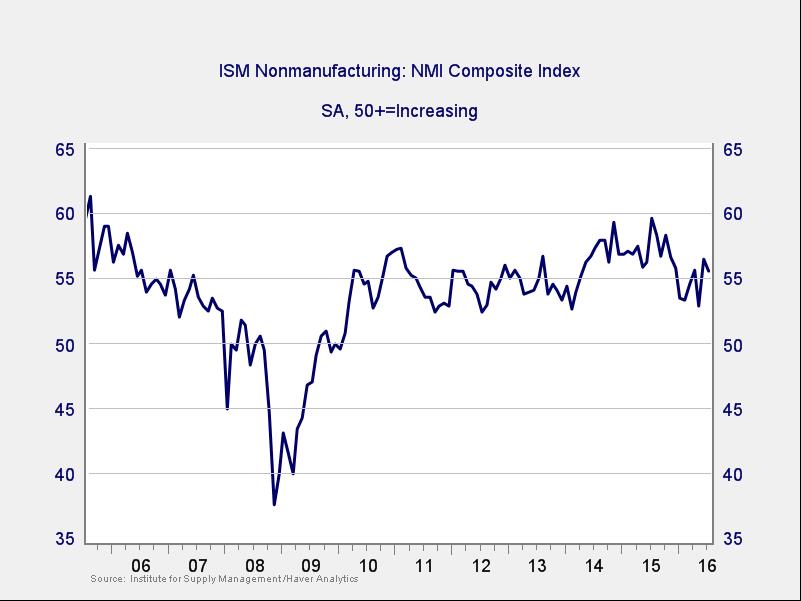The Small-Firm Effect Is Real, and It's Spectacular
by Clifford Asness, Ph. D. AQR Capital Management, Inc.
Does size matter? Certainly in financial markets, many researchers have questioned whether it does. In a new paper, we resurrect the size premium and restore it to its proper place alongside such stalwarts as value and momentum in terms of its efficacy and robustness. After so many years of intensive research questioning the efficacy of the size effect, that it can be emphatically revived may seem a bit far-fetched. So, how can it be that size does indeed still matter? I’ll get to that, but first a little background.
The idea of earning a premium for investing in smaller companies has been around since at least the early 1980s, and likely even earlier. Over this time, the small-cap, or size, effect has become an important consideration for investors. It forms a key ingredient for pricing stocks by way of factor models, determines in part how funds are categorized, and of course led to the introduction and widespread use of small-cap funds.
But actually finding, capturing and even measuring, the size premium — as distinct from the market — has, for almost as long a time, presented a challenge for investors and researchers. Since its discovery, the size effect has come under heavy scrutiny, being challenged on many fronts. Many observe the historical record of the small-cap effect being weaker and more sporadic than other effects, such as value and momentum, for instance. More notably, size has had an extended weak period in the U.S. after it was documented and published, and has since been even weaker internationally, suffering from long periods of poor performance, and being concentrated in extreme, less-liquid microcap stocks, with nearly all of the evidence of a size premium being concentrated in a single month, January.
These assaults have rendered the pure small-cap premium as marginally significant, at best, and “not real” at worst.
But, of course, this is where our story gets interesting.
The answer to “Is there a size premium?” lies in measuring stock quality, or its opposite, “junk.” As defined in our earlier working paper, junk companies have poor profitability, stagnant growth, high risk and low payouts to investors. Junk stocks unsurprisingly trade at a discount while their high-quality counterparts — those firms that are profitable, growing, low risk and have high payouts to investors — as expected command a premium. The perhaps surprising result is that despite this discount and premium in pricing, quality stocks strongly and significantly outperform junk stocks. In our paper, we introduced the concept of a Quality-Minus-Junk (QMJ) factor that captured this phenomenon.
The many formidable challenges to size all disappear with the introduction of the QMJ factor. It turns out that small stocks are quite “junky” versus their larger counterparts, and it is this exposure that is dampening their performance. Once you account for the QMJ exposure a large and significant size premium re-emerges. We use a standard asset-pricing model that includes the market, the market lagged by one month (to account for potential lags in pricing smaller, less-liquid stocks), value, momentum, and our new factor, QMJ. We also conduct robustness checks using other measures of quality besides those defined in the QMJ factor, such as credit ratings on a firm’s debt.
Along with much stronger economic and statistical significance, the small firm effect also, not shockingly, gets far more consistent when controlling for quality. It is stable across time, robust for other measures of size not based on market capitalization (e.g., book value of assets; book value of equity; sales; property, plant and equipment [PP&E]; and number of employees), is consistent across industries and countries, and even revived in months other than January, while simultaneously lowering the huge anomalous return in January. The long list of objections to the small-firm effect is crossed out one by one, when you control for quality/junk.
The standard size effect, as typically measured in the literature, is fighting a strong headwind from low-quality small stocks. Once the headwind is removed, focusing instead on quality-neutral stocks, the small-stock premium is strong.
Now that the size premium has been resurrected, what else can we learn from the introduction of QMJ into the standard model? For one, it can shed new light on the ongoing debate about whether the size premium (now that we know it exists) can be explained by reaping the rewards to investing in riskier stocks or if it is due to some market mispricing. Our finding that the returns to the size premium are much stronger and more stable after controlling for junk is not dispositive but runs contrary to risk-based explanations. It’s not the riskier, junkier small stocks that earn a premium; it’s just the opposite. It also makes “liquidity” a less likely explanation. Thus, our findings present a clear challenge for future research that doesn’t seek to document the size effect, but explain it.
In its normal form the small firm effect is, on a host of dimensions, weak to possibly nonexistent. Once adjusted for quality exposure it is real and spectacular.
—
P.S. Here are some links to early media coverage of the paper:
Barron’s: Small-Cap Stocks Beat the Market, AQR Study Finds
Financial Times: Small Can Be Beautiful but Quality Is Key
Forbes.com: Big News From AQR: Size Matters, If You Control Your Junk
This post was originally published at AQR Capital
Copyright © AQR Capital
















